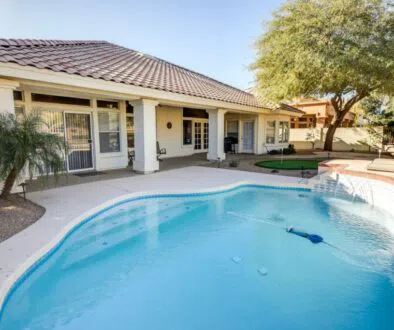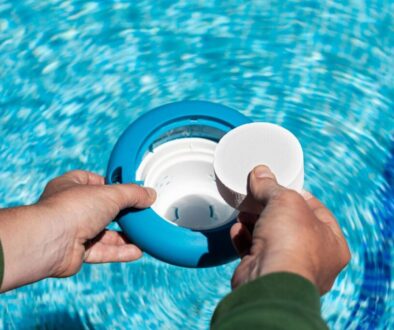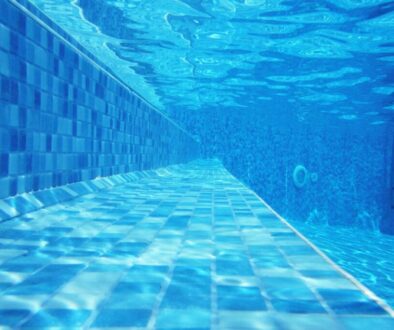How To Take Care of a Salt Water Pool
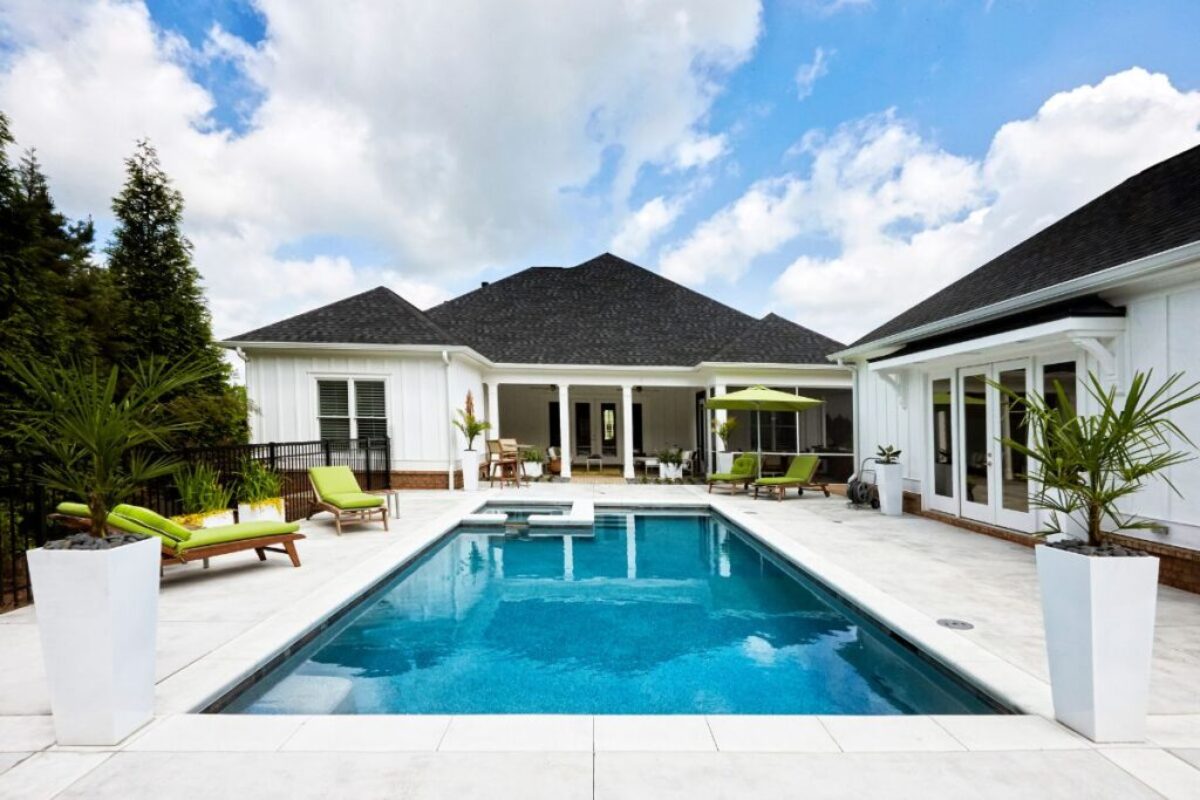
Published March 9, 2023
Most pool owners know how to care for a chlorine pool, but the same cannot be said for saltwater pools. After all, saltwater pools are more of an alternative rather than a go-to option for homeowners.
Since the maintenance of these two types of pools is fundamentally different, most of the things you already know about swimming pool care may not apply to saltwater pools. So, that being said, in this blog post, we’ll go over several guidelines on how to take care of a saltwater pool.
Salt Water Pool Care Guidelines
Although you can craft your own methodology for saltwater pool care, there are a few guidelines you must practice if you want to maintain your pool correctly. Let’s take a closer look at each one:
1. Ensure Proper Pool Circulation
Pool circulation refers to the movement of water throughout the entire swimming pool. It’s crucial to ensure proper swimming pool circulation in both traditional chlorinated pools and saltwater pools.
That’s because pool circulation determines the chlorine distribution of pools.
When the circulation is poor, there will be areas in the pool where water passes through more frequently. Similarly, there will be certain areas where the water doesn’t pass through at all.
If that’s the case, some areas will have higher concentrations of chlorine compared to the other areas. Thankfully, this issue isn’t as prevalent in chlorinated pools since you can control where you administer the chlorine. However, with saltwater pools, you don’t have such control.
With saltwater pools, the pool circulation is the sole contributor to how chlorine is distributed across the entire pool. As such, pool circulation is critical to ensure equal chlorine distribution.
It matters a lot since if a particular area has high chlorine concentrations, the area around it, like the liner, for example, may get bleached over time. Similarly, if a specific area has low chlorine concentrations, there’s a good chance bacteria and algae will grow in that area after a while.
To ensure proper pool circulation, here are some tips you can follow:
- Clean the filtration system and pump regularly (at least once per week)
- Make sure to switch the pump on for at least eight hours a day
- Take out any accessories or toys in the pool if not in use, as they may affect circulation
- Eliminate debris like dirt as they, too, can affect circulation
These four tips apply not only to saltwater pools but also to traditional chlorinated pools.
2. Inspect and Maintain the Salt Chlorinator Cell Regularly
The core component of your saltwater pool is the salt chlorinator. It’s an apparatus that generates chlorine out of salt through electrolysis. Think of it as a miniature chlorine manufacturing plant.
The main component of this apparatus is the salt chlorinator cell.
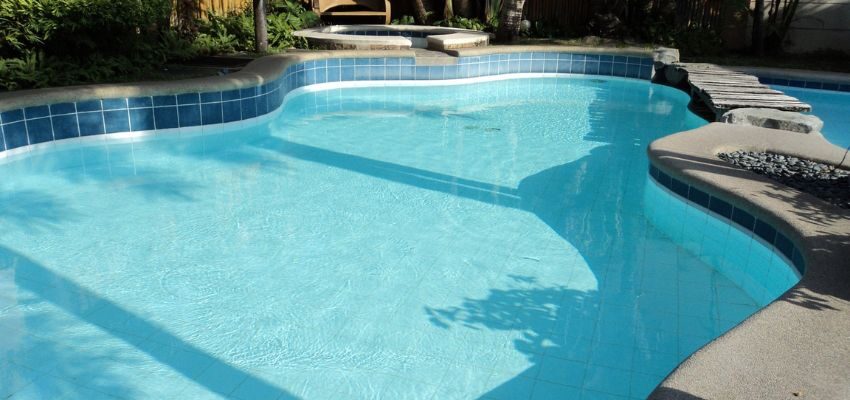
If the cell is dysfunctional or, at the very least, not in tip-top condition, there’s a good chance that chlorine production will become hindered in some way. Thankfully, there are signs of these issues.
A salt chlorinator cell is not working correctly if:
- there are chunks of salt crystals in the pool,
- the pool feels slimy,
- the pool water looks cloudy, or
- you cannot see the bottom of the pool.
If you encounter any of these signs, check your salt chlorinator pool right away and get it fixed. Keep in mind, though, that it’s not as simple as washing it with water. Here’s how to clean a chlorinator cell:
- Turn off the chlorinator and the pool pump.
- Take the cell out of the chlorinator.
- Spray it with warm water.
- Soak the cell in salt cell cleaner.
You may have to buy one if you don’t have any. Making a mixture of distilled white vinegar and muriatic acid might also work, albeit with lower efficiency. - Insert the cell back into the chlorinator.
It’s advisable to have a scheduled cleanup for the salt chlorinator cell (at least once a week) rather than wait for the signs to appear.
3. Be Careful When Cleaning the Pool
Whenever you clean the pool, there’s a good chance you’ll cause the pool water to splash outside of the pool. That water will then land on the liner, deck, or grass. In a traditional chlorinated pool, these minor occurrences are nothing to worry about, but that’s not the case with saltwater pools.
Unlike chlorine, even a bit of salt water can bleach liners and kill grass and other vegetation, given enough time. As such, you must prevent water from splashing down onto these areas.
Of course, it won’t be easy; some may even say it’s inevitable. In that case, at the very least, you should have a hose to spray down the saltwater whenever it lands outside the pool.
4. Maintain the Ideal Salt Level
Most salt chlorine generators require a salt level of at least 3,000 ppm to operate. It would be best to check the manufacturer’s manual to see the ideal salt level for that particular generator.
If the salt level is lower than the recommended level, the generator may not work correctly as it doesn’t have sufficient saltwater to produce enough chlorine. So, you must maintain that salt level.
To do so, you need to either add high-purity pool salt if the salt level is too low or add more water if the salt level is getting too high. To check the salt level, buy a salt tester and dip it into the pool.
You must do this at least once per month.
Other Guidelines
Apart from the four guidelines mentioned above, there are other practices you must follow if you want to take care of a saltwater pool. Those “other” practices also apply to the traditional chlorinated pool, hence why we’ve grouped them under this category. Here’s a look at these practices:
- Make sure the pH Level does not exceed 7.6 and isn’t lower than 7.
- Shock the pool with granular chlorine regularly.
- Make sure you apply a chlorine stabilizer to the pool occasionally.
FAQs About Salt Water Pool Care
Is a saltwater pool less expensive to maintain?
Yes, saltwater pools are generally less expensive to maintain than traditional chlorinated pools, mainly because you don’t have to buy chlorine regularly. Though you still need to purchase high-purity pool salt, you would usually just administer it once a month, so you’ll rarely need it.
Is a saltwater pool easier to maintain?
It depends on how well you want to maintain your saltwater pool. It’s easier in that you don’t have to manually distribute the chlorine. But it’s harder in that you must be more meticulous when cleaning the pool as you have to ensure the salt water doesn’t land outside of the pool and on your liners.
Can you convert a traditional chlorine pool to a saltwater pool?
Yes, and it’s actually relatively easy as well. That’s particularly true if you receive the assistance of pool contractors. That said, if you reside in Florida, consider looking into Boca Raton pool contractors.
Hire Boca’s Favorite Pool Builders
Excel Pool and Patio Solutions is your trustworthy provider of pool services in Boca Raton. We are experts in pool and patio remodeling and can handle your resurfacing needs as well. Our technicians are vetted and trained for your guaranteed satisfaction. Get to know us by browsing our website or reaching out to us with any questions.
Contact our team today to request a free estimate for pool construction, maintenance, repairs and more.
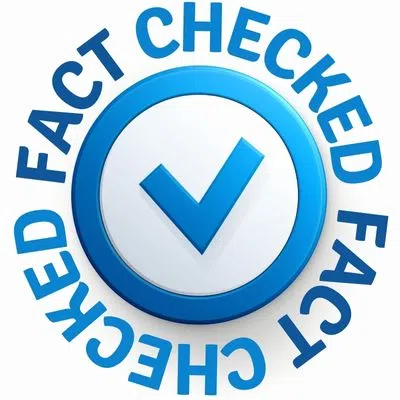
Fact Checked By Experts
This is original content and has been diligently fact checked by our internal team of experts. Discover more about the rigorous editorial standards we uphold for our website here.

About The Author
Lenard Arceo is an experienced writer and digital marketing expert. He loves to code and spending time outdoors. He has helped many reputable websites grow over the years.

